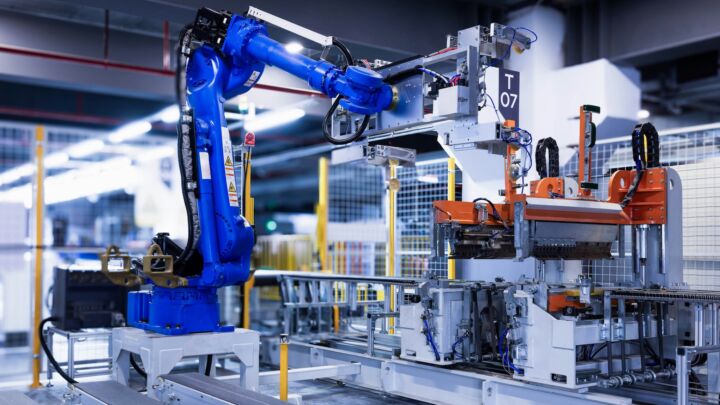Opinion
How engineering teams keep pace with continuous models
Scaling AI systems beyond initial prototypes presents engineering teams with profound architectural challenges, primarily stemming from the inherent data dependency and subsequent decay of models. MLOps represents the specialized culture and established practices designed to unify the development of ML applications with system deployment and ongoing…
December 10, 2025
TNGlobal Insider,Opinion,Blockchain / Crypto
Crypto in 2025: A climate change
As 2025 comes to an end, next year looks promising for the crypto industry. The combination of continuing improvements in global regulation, long-term investment visions, and exciting DeFi innovations at the crossroads with TradFi participants all showcase a maturing industry that makes huge leaps in progress every year.
December 8, 2025
TNGlobal Insider,Sustainability,Opinion
Sustainable refrigeration in 2025: Cooling smarter for a greener future
The future of cooling will be defined by balance; keeping the world comfortable while keeping it green. And that, perhaps, is the smartest way to stay cool in a warming world.
December 1, 2025
TNGlobal Insider,EdTech,Cybersecurity,Opinion
Cybersecurity foundations: A strategic addition to university curricula
Cyberthreats aren’t slowing down, and in this environment, by implementing cybersecurity programs, universities help their students resist emerging digital risks, get forward-thinking education, and the skills needed to succeed in all industries.
November 28, 2025
TNGlobal Insider,AI,Singapore,Opinion
Beyond AI: The quantum era has begun
The quantum era is not defined by dramatic breakthroughs alone. It is emerging through careful engineering, long-term investment, and collaboration between scientists, engineers, and policy leaders. As with AI, meaningful progress will come from responsible development and practical integration, not spectacle.
November 27, 2025
How precision sorting is changing the way the supply chain moves goods
Precision sorting enables supply chains to achieve the speed, accuracy and efficiency that today’s markets demand. It reduces errors, cuts delays and supports sustainability by lowering waste and energy use. Businesses utilizing this technology can respond more quickly, operate more efficiently and deliver superior service.
November 25, 2025
TNGlobal Insider,AI,Singapore,Opinion
As Singaporeans live longer and healthier, our careers must too
Career health is becoming one of Singapore’s most important competitive determinants. More than employment stability, it reflects a worker’s ability to remain employable, adaptable, and upwardly progressing across a lifetime of technological and economic change. At its core is mobility - the capacity to shift across roles, adopt new tools, and reinvent…
November 24, 2025
Web3’s missing link: Why cultural experiences are key to winning mass adoption
Web3’s growth can no longer be driven by digital engagement alone. In the wake of trust-eroding moments like the FTX collapse, rebuilding credibility requires more than whitepapers and panel discussions – it demands tangible, human connection. For many, real-life experiences are what transform abstract technology into something personal and memorable.
November 21, 2025
TNGlobal Insider,Cybersecurity,AI,Opinion
Employees don’t need awareness against AI threats, they require enablement
Workforce enablement should not just be a soft skill requirement, but a part of security infrastructure. AI-ready employees lower the odds of a breach, shorten incident response times, strengthen compliance posture, and protect the brand in ways no tool or platform can match.
November 20, 2025
From AI pilots to production: Why 2026 will be the year APAC organizations go all-in on real-time
After years of experimentation, most APAC organizations know the ingredients for scale: dependable streaming foundations, disciplined governance, and integrated platforms. The groundwork is in place. What changes next is how these systems think and act together. In 2026, those that fundamentally re-think their data strategy as strategic engines of…
November 19, 2025
[Year in review] TNGlobal’s top 15 most-read news articles in 2025
December 24, 2025
Lendela appoints new Singapore Country Manager and Head of Marketing
December 24, 2025
[Year in review] TNGlobal’s top 15 most-read news articles in 2025
December 24, 2025
Lendela appoints new Singapore Country Manager and Head of Marketing
December 24, 2025













